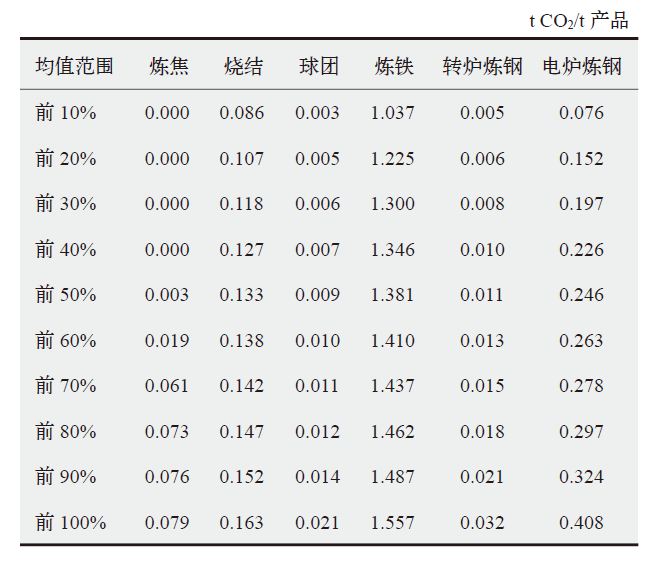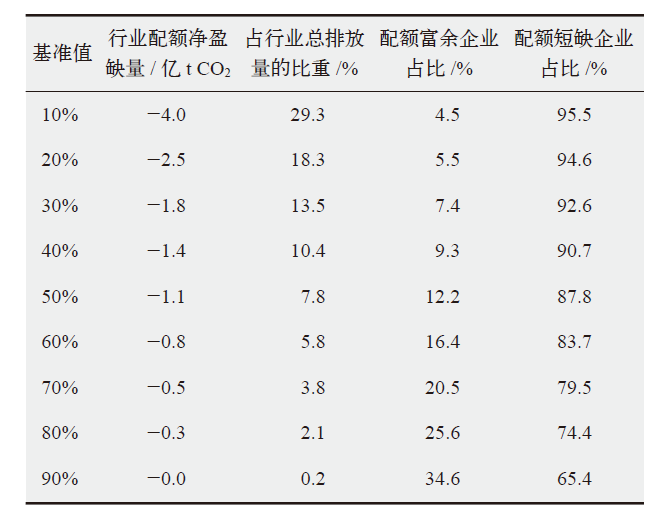气候变化研究进展 ›› 2021, Vol. 17 ›› Issue (5): 590-597.doi: 10.12006/j.issn.1673-1719.2020.248
全国碳交易下中国钢铁行业的基准线法研究
- 1 国家发展和改革委员会能源研究所,北京 100038
2 中国人民大学应用经济学院,北京 100872
Study on the benchmark method for national carbon trading in China’s iron and steel industry
TAN Qi-Lu1( ), LIU Lan-Ting2, ZHU Song-Li1(
), LIU Lan-Ting2, ZHU Song-Li1( )
)
- 1 Energy Research Institute, National Development and Reform Commission, Beijing 100038, China
2 School of Applied Economics, Renmin University of China, Beijing 100872, China
摘要:
自2011年来,中国碳排放权交易机制不断健全完善,其中基准线法被确定为全国碳交易初始配额分配的主要方法。钢铁行业作为仅次于电力行业的第二大碳排放部门,加快对其开展基准线法碳交易的测算、设计和评价,对纵深推进全国碳交易市场建设具有重要意义。文中基于2018年钢铁企业直报的温室气体排放数据和单位产品碳强度这一关键指标,确定了中国钢铁行业开展全国碳交易的基准线方案。结果显示,钢铁行业碳交易基准线应包括炼钢及之前的6个工序,基准值宜采用效率较高的前70%至80%范围内的企业碳强度均值,在配额确定时无需考虑行业区域差异,但针对企业间碳强度差异较大的工序应设立从历史法到基准线法的过渡期。






